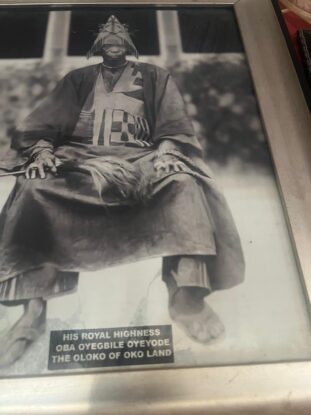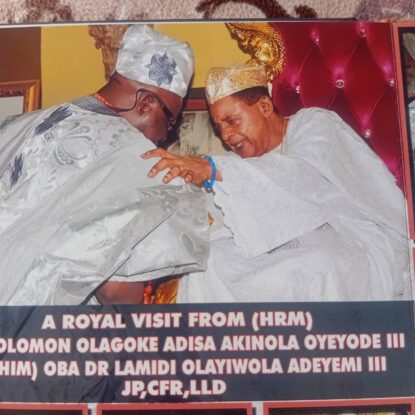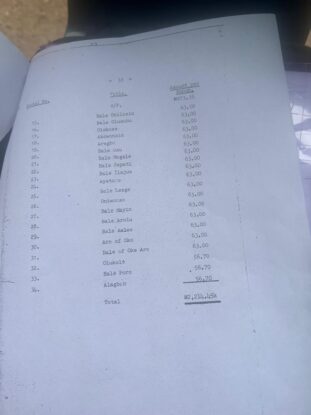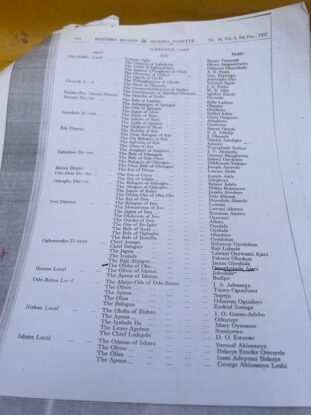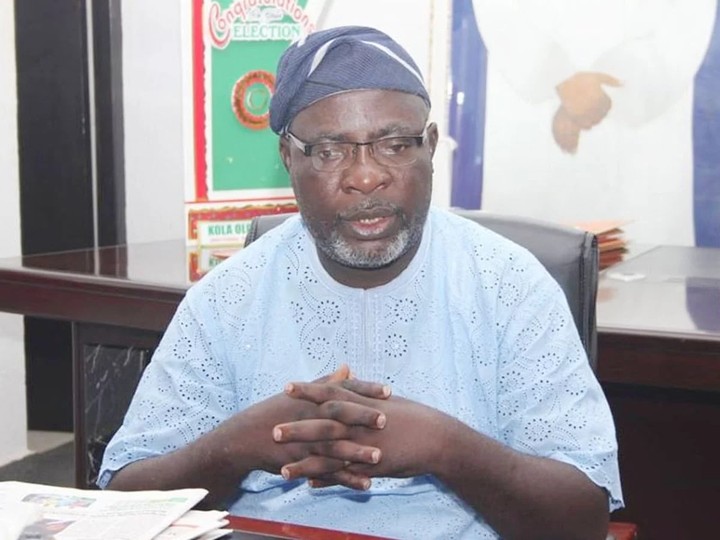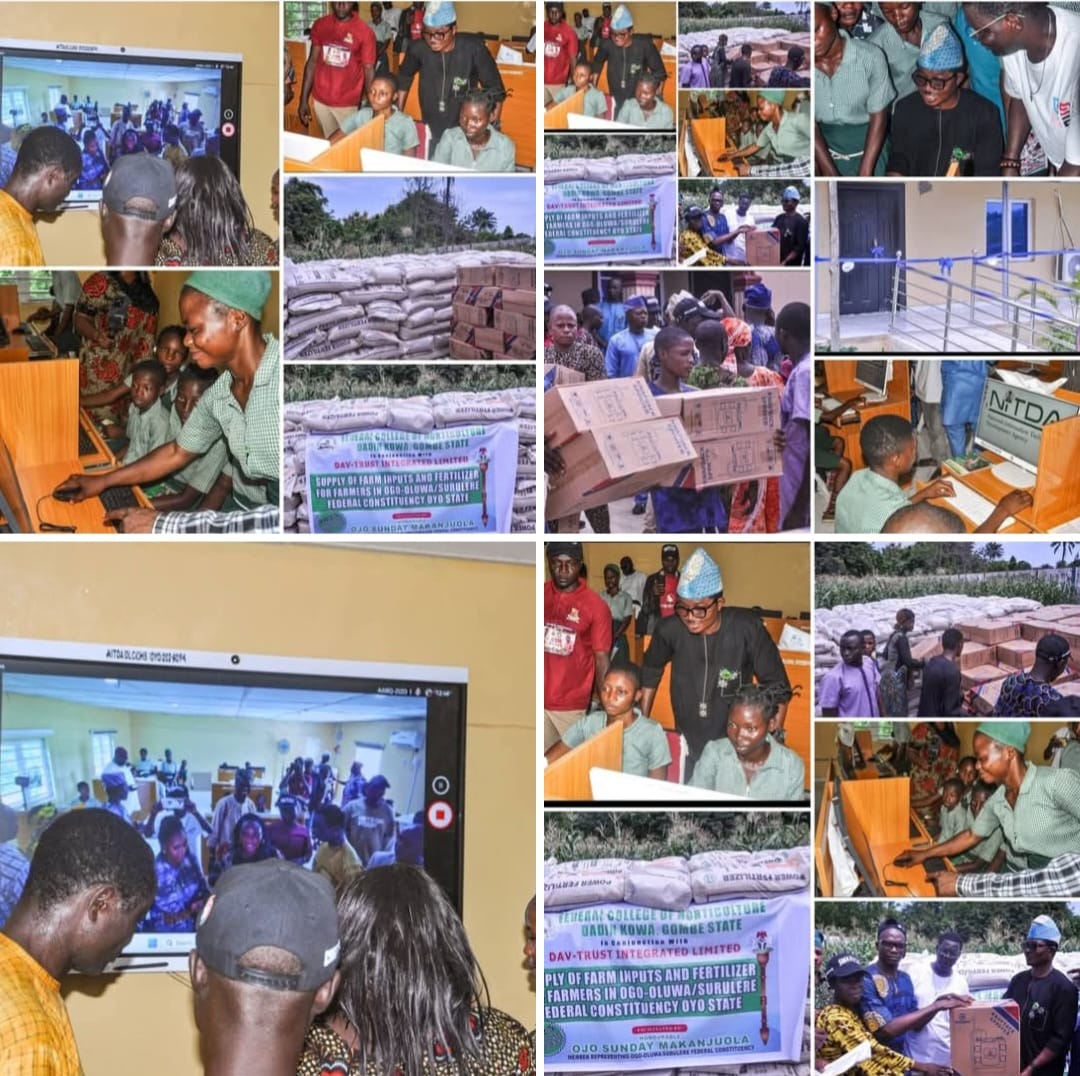Do Away with a Fabricated History, Be Factual: Oko Móje’óbàjé Elders Forum Adjures Aresaapa
The Oko Móje’óbàjé Elders Forum has once again found it necessary to respond to deliberate distortions of historical facts regarding the ancient town of Oko, as repeatedly peddled by the throne of Aresaapa. We urge all concerned, especially the Aresaapa, to refrain from historical inaccuracies and respect well-established truths documented over time.
Oko: The Legacy of Oranmiyan
Historically and culturally, Oko is an ancient town founded by Oranmiyan, the grandson of Oduduwa. According to The History of the Yorubas by Reverend Samuel Johnson, after establishing Oyo, Oranmiyan proceeded to a place called Oko, leaving one of the princes in charge of Oyo. During his reign in Oko, Oranmiyan later had cause to return to Ile-Ife, either to settle family affairs or retrieve possessions left with Adimu. Before leaving, he installed his son, Ajaka, as a Regent. However, communication being difficult in those days, the people presumed Oranmiyan dead and, with the support of the Oyo Mesi, confirmed Ajaka as the second Alaafin, bestowing upon him full royal authority.
Upon Oranmiyan’s return, he heard the royal trumpet Kakaki being blown in Oko—a sound reserved solely for the sovereign. Learning of Ajaka’s coronation, he quietly returned to Ile-Ife, where he spent the remainder of his life. His tomb is marked today by the Opa Oranmiyan (Oranmiyan’s Staff), confirming that he was buried in Ile-Ife.
During his time in Oko, Oranmiyan fathered a set of triplets—ÒGÒGÓ, ÒFÒRÍ, and ATO—which was considered a mystery in those days. This event led to the town’s appellation Eta-Oko. It is, therefore, historically inaccurate and misleading for anyone to claim that Oranmiyan, a descendant of Oduduwa, was granted land by any other entity. Oko is, undeniably, a legacy of Oranmiyan and a second home of the Alaafin. The Oloko can rightfully claim the appellation “Oranmiyan” as his ancestral progenitor founded the town. Why does Aresaapa fuss about the appellation of Oranmiyan in Oko?
Clarifying False Claims by Aresaapa
The assertion that the Oloko was once subject to the Aresa or crowned by any Aresa is a complete misrepresentation. Historical records indicate that the original Iresa (now Iresaadu) originated from Ipasa, near Ilajue in the present-day Surulere Local Government. Three successive Aresas reigned and were buried in Ipasa. As of the 18th century, only Iresa (now Iresaadu) was recognized. There was no Iresaapa in existence until much later in the 19th century. In fact, the land on which Iresaapa currently stands historically belongs to the Òlódò people.
The current Aresaapa, Oba Moses Olayiwola, is only the third to hold that title. In contrast, the present Oloko is the eighth in the lineage, tracing back to the resettlement of Oko in 1875 by Oyeyode Akinbami Olugoke and other royals after the Fulani war.
Origin and Resettlement of Oko
The original Oko (Oko-Ose/Oko Pupa) existed long before the Fulani insurgency around 1840. Past monarchs such as Adenlowo, Olufiola, Oludimo, Olugoke, Adewuyi, Adewumi, Oluwoye, and Layilumi reigned there. During the war, Oko indigenes sought refuge in various regions, including Modakeke (Osun State), Oko-Omuaran and Oko-Igbaja (Kwara State), Oko-Oke Ona-Egba (Ogun State), Ibaada/Eléta Royal Family (Oyo State), and Ejigbo (Osun State). Some of these communities bear the Oko name today due to their shared ancestry.
Oyeyode Akinbami Olugoke, alongside royal family members, returned to re-establish Oko in 1875, following Ifa Oracle instructions. The new settlement was purposefully sited slightly away from the old Oko, with the understanding that the town’s expansion would eventually cover the old site—today, that prophecy has been fulfilled.
The claim that Oko-Ile or Ahoro-Oko (now in Orire LGA) is the original Oko is historically unfounded. That settlement began around 1953, when Late Raji Dada from Aabun’s Compound Oko went hunting there. Others later joined, and the community was renamed Ahoro Oko in 1955, later becoming Oko-Ile. The present Oloko of Oko-Ile, Oba Basiru Raji, is the third monarch, following Oba Joseph Akande and Oba Isaac Oyerele.
Recognition of Traditional Authority
In 1983, Aresaapa was recognized only as a Baale/Chief, alongside others like the Aro, Olokose, and Elejemu in the Oloko-in-Council. In the old Ogbomoso North Local Government Council—headquartered in Iresaadu—the official stipend records show:
Aresaadu: ₦730
Oloko: ₦440
Olugbon: ₦160
Aresaapa: Less than ₦100 (as a Baale)
Furthermore, in the Western Regional Gazette of 22nd January, 1959 (Part B), Oloko was listed among recognized chieftaincies in Ogbomoso District Council. There is no mention of Aresaapa. Attached copies of this gazette substantiate this claim.
It is, therefore, misleading and provocative for Aresaapa to question the legitimacy of Oloko’s throne, especially during significant occasions such as the recent royal visit of the Alaafin.
Oko’s Enduring Institutions and Sovereignty
Oko has sustained its traditional institution since its re-establishment in 1875. The customary court was established in Oko as far back as 1934, under Oba Oyegbile Oyeyode II (4th Oloko), long before any was established in Iresaadu or Ajase.
Unlike Iresaapa, whose current palace structure is less than 15 years old, Oko has a longstanding palace tradition. These facts underscore the antiquity, continuity, and sovereignty of the town of Oko.
A Final Word to Aresaapa
The Oko Móje’óbàjé Elders Forum admonishes the throne of Aresaapa to focus on the development of his own domain and desist from historical falsehoods. Progress does not come from undermining others but from building one’s own heritage with integrity and truth. No amount of revisionism can erase the ancient legacy of Oranmiyan in Oko.
Oko is not, has never been, and will never be a tenant to Iresaapa.
“Orí-ìté kò ní gbó’ná mó àwon Oríadé ooo!”
(“The royal seat shall no longer be desecrated by burning lies.”)
Móje’óbàjé — kò lè bàjé
